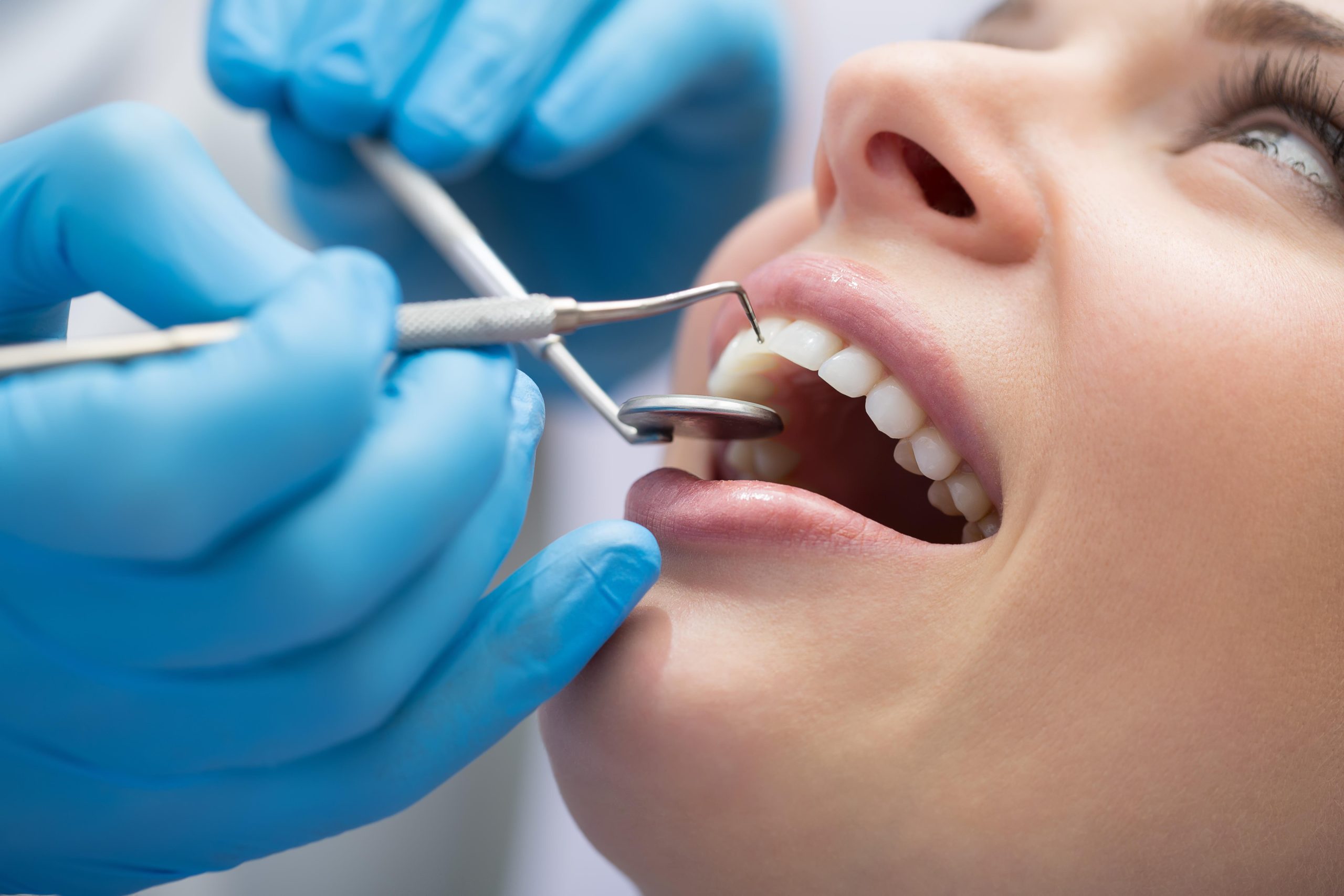In the ever-evolving landscape of healthcare, technological advancements continue to revolutionize various medical fields. Dentistry is no exception, with the emergence of precision dentistry transforming the way oral health is managed and smiles are perfected. This cutting-edge approach leverages state-of-the-art technology to tailor dental treatments with unprecedented accuracy, ensuring optimal outcomes for patients seeking the perfect smile. At Caring Dentistry Peoria Arizona, we embody the essence of precision dentistry, where skilled hands and cutting-edge techniques converge to craft perfect smiles for valued patients.
The Evolution of Dentistry
Traditional dentistry has long focused on diagnosing and treating oral health issues, but precision dentistry takes this a step further by incorporating advanced technologies such as digital imaging, 3D printing, and computer-aided design (CAD). These tools enable dentists to analyze, plan, and execute treatments with a level of precision that was previously unattainable.
Digital Imaging and Diagnostics
One of the cornerstones of precision dentistry is the use of digital imaging techniques, such as Cone Beam Computed Tomography (CBCT) scans and intraoral cameras. These tools provide highly detailed 3D images of the oral cavity, allowing dentists to assess the condition of teeth, bones, and soft tissues with unparalleled accuracy. This precise diagnostic capability enables targeted treatment planning tailored to the unique needs of each patient.
Computer-Aided Design and 3D Printing
Computer-Aided Design (CAD) has become an integral part of precision dentistry, especially in the creation of custom dental restorations. Whether it’s crowns, bridges, or veneers, CAD technology allows for the digital design of restorations that perfectly match the patient’s anatomy. The marriage of CAD with 3D printing technology enables the fabrication of highly accurate and personalized dental prosthetics, reducing the margin for error and enhancing the overall quality of the final product.
Laser Dentistry for Precision Treatments
Laser technology has gained prominence in precision dentistry for its ability to perform minimally invasive procedures with exceptional precision. Lasers are used for a variety of dental treatments, including gum contouring, cavity removal, and teeth whitening. The precision offered by lasers minimizes damage to surrounding tissues, reduces discomfort, and accelerates the healing process, making it an attractive option for those seeking precise and efficient dental care.
Personalized Treatment Plans
Precision dentistry recognizes that each patient is unique, and one-size-fits-all approaches may not yield the best results. By incorporating personalized treatment plans based on individualized diagnostics, dentists can address specific oral health issues and work towards crafting a smile that not only meets aesthetic preferences but also promotes long-term oral health.
Enhanced Patient Experience
The integration of precision dentistry not only improves treatment outcomes but also enhances the overall patient experience. The use of advanced technologies often leads to quicker, more efficient procedures with reduced discomfort. Patients benefit from a more streamlined and personalized approach, fostering a sense of confidence and satisfaction in their dental care journey.
Conclusion
Precision dentistry represents a significant leap forward in the field of oral healthcare, offering patients the opportunity to achieve perfect smiles through advanced technologies and personalized treatment plans. As technology continues to evolve, the future of dentistry holds even more promise for crafting smiles that are not only aesthetically pleasing but also optimized for each individual’s unique oral health needs. Embracing precision dentistry ensures that the quest for the perfect smile is met with accuracy, efficiency, and a commitment to the highest standards of oral care.

